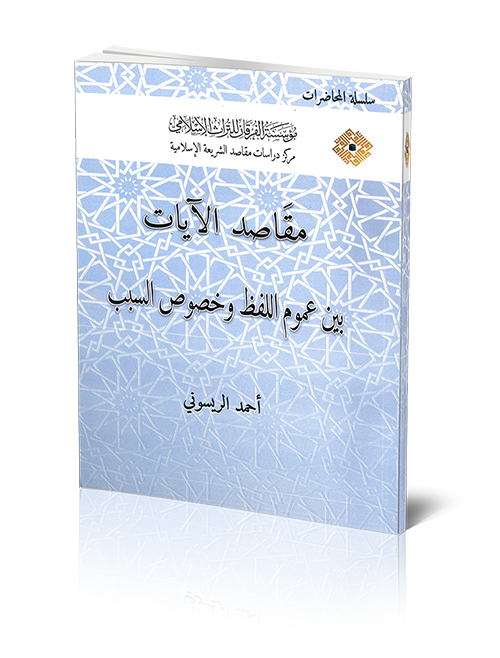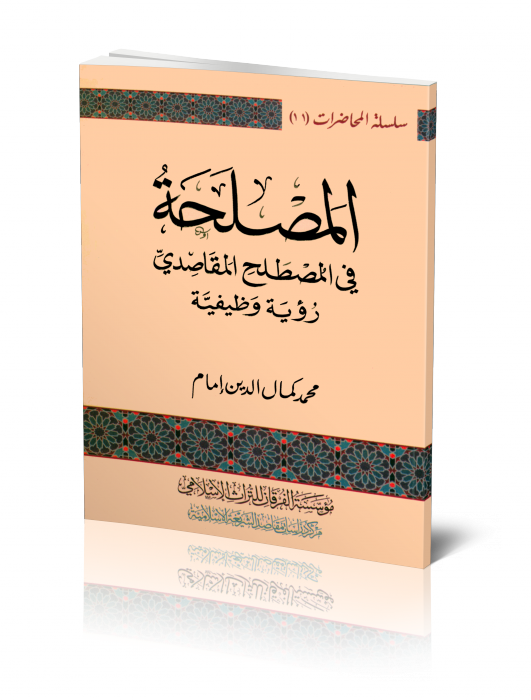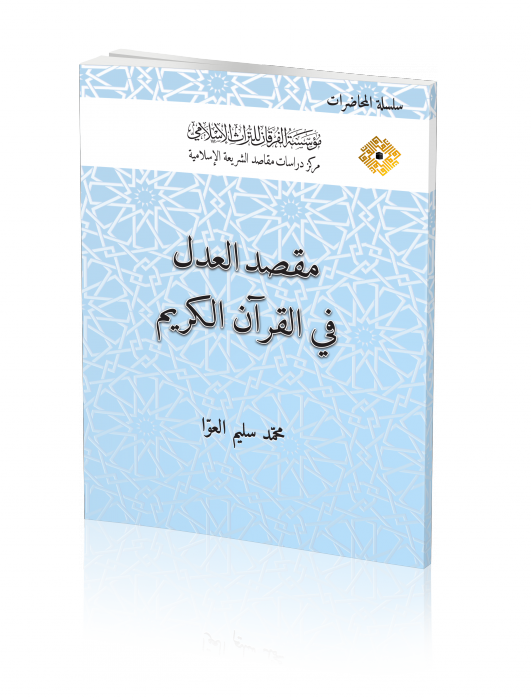The Objectives of Qurʾānic Verses: Between the General Meaning of the Word and the Specific Reason of Revelation
Diverse fields of knowledge—Qurʾān sciences, exegesis, Islamic legal theory, Islamic law objectives and language—overlap and interact in this work. The objectives referred to in the paper relate to those of Qurʾān verses, i.e. their semantics and intended meanings, especially when these are linked to the reason and context of Revelation. Consideration of objectives in the exercise of creative juristic effort (ijtihād), encompasses various facets and stages, including ten addressed in the paper; first, knowing the objectives of the discourse, i.e. “investigating the meaning intended by the text and its words, and whether it matches what is apparent from the discourse and the literal indications of words, or otherwise, as indicated by context, and other direct and indirect evidence. Indeed, our interest in any Islamic law discourse, is the meaning intended by the Almighty Legislator, and not just the semantics of words and phrases with their formal and dictionary meanings, or initial, primary semantic meaning”, as explained by Dr Raissouni in his book, Maqāṣid al-maqāṣid, p. 56. This paper’s subject matter is located within this specific perspective of applying objectives, and is titled “Objectives (maqāṣid) of Qurʾān verses between the general meaning of the word (‘umūm al-lafẓ) and the specific reason of revelation (khuṣūṣ al-sabab)”. The author discusses the question of “Qurʾān verse objectives between the general meaning of the word and the specific reason and context of Revelation” in its intricacies and disparate elements. He applies his signature approach of depth and reflection, navigating the broad subject matter with insight and application, weighing up pros and cons, applying a critical approach and creative initiative, striving to combine the approaches of establishing effective cause and application. At each stage, Dr Raissouni supports his robust scientific treatment, with convincing and suitable explanatory examples. The author pays special attention to the content, dimensions, and limits of the legal theory rule, “consideration is to the general meaning of the word (‘umūm al-lafẓ), and not the specific reason for Revelation (khuṣūṣ al-sabab)”. The aim being to properly understand it, as it is quite critically, a finely balanced formula, where inclination to any one side – through ignorance or negligence – leads to error in understanding the Islamic legal ruling. Even established legal theory studies have rarely addressed this rule. In addition, Dr Raisssouni pays special attention to both “generality of expression (‘umūm al-lafẓ) and generality of intent (‘umūm al-qaṣd)” and the “reasons and contexts for Revelation (asbāb al-nuzūl)”.
 Shared Knowledge
Shared Knowledge


 The Public Interest in the Term of the Purposes of Islamic Law: a Functional Vision
The Public Interest in the Term of the Purposes of Islamic Law: a Functional Vision The objective of Justice in the Noble Qurʾān
The objective of Justice in the Noble Qurʾān The Methodological Introduction to the Map of the Universal Objectives of Islamic Law in the Noble Qurʾān
The Methodological Introduction to the Map of the Universal Objectives of Islamic Law in the Noble Qurʾān